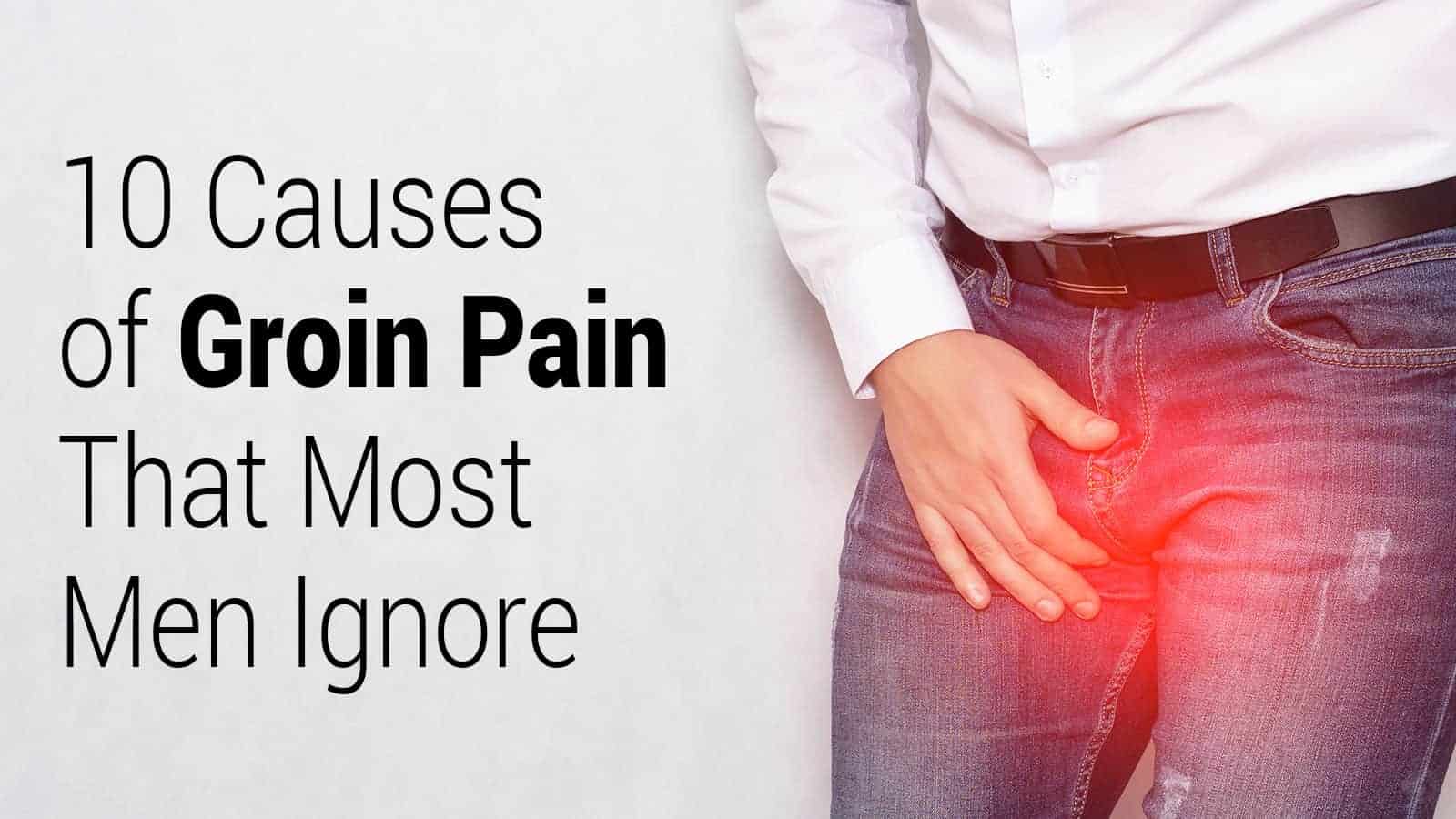There is no way around stress. It is an inevitable part of daily life. Something that we all must experience. And we all work to reduce stress in our daily routine.
To experience something is not to “deal with” it. The latter implies a contentious attitude; 0ne that’s usually provoked by thinking that some situation may be more palatable in the future.
The problem with this viewpoint is that it’s an illusion. The present moment is all there is. The past and future do not exist.
Internal resistance, which may come in the form of stress, arises from too much past or future and not enough present. At present, your mind is experiencing stress. There’s no need to project these feelings into the future. That’s why stress is an experience and not and problem to be “dealt with.”
So, what to do about the present-moment stress that you experience?
In this article, we’re going to discuss some techniques that you can use to both reduce stress and increase happiness. We have already given you one invaluable technique: change how you think about the experience that is stress.
First, let’s talk about what stress is not.
What Stress Isn’t: The Myths of Stress
According to the American Psychological Association (APA), there are at least six prevailing stress myths:
#1 Everyone experiences stress the same.
Per the APA (and common sense), this one’s completely untrue. Like the nervous system, temperament, and disposition varies among individuals, how they experience stress does as well.
#2 Stress is always unhealthy.
The well-intentioned though misinformed adage of “stress is bad” is as damaging as it is ubiquitous. Without a properly functioning stress response, we’d avoid all those things (e.g., responsibilities, survival instinct) which allow both self-preservation and life satisfaction.
#3 Stress is unavoidable.
Stress is unavoidable only if the catalyst is something outside of your control, e.g., an annoying co-worker or intrusive noise. However, much of the stress that we experience arises as a result of not properly managing our life. The APA recommends “effective planning,” which involves the setting of priorities and working on and solving the simple problems first. Good time management abilities can help reduce stress a great deal.
#4 Popular stress-reduction techniques are the best ones.
“The best” method of reducing stress varies from person to person. We all have different life situations, temperaments, and levels of stress tolerance. Therefore, ‘Person A’ may find great success in a popular stress-reduction technique such as “Body Scanning” that – for whatever reason – does seemingly little for ‘Person B.’
#5 Symptom-free is stress-free
Just because one doesn’t “feel” the symptoms of stress doesn’t mean that one is stress-free. To illustrate this point, consider anxiety medication. While a stiff dose of valium may settle the nerves, it doesn’t treat anything; nor does it absolve the body of experiencing physiological stressors. Instead, the function of anxiety pharmaceuticals is limited to bodily numbing – it doesn’t “take away” anything.
#6 Minor stress symptoms are no big deal
Most of us have ignored “minor” stress symptoms at one time or another. Physical discomforts like headaches or upset stomach are seen as “normal,” and unalarming. But, if these symptoms become frequent occurrences, they may be tied to a more serious underlying condition, including chronic stress.
Techniques that Reduce Stress and Increase Happiness
#1 Practice Loving-kindness
According to researchers from Iowa State University, offering kindness to others both reduces anxiety and boosts feelings of happiness. Others-focused kindness also strengthens the feelings of social connection between people.
Two researchers, Dawn Sweet and Lanmiao He, practices one of three techniques designed to decrease feelings of anxiety and deepen happiness. The three techniques studies were:
‘Downward social comparison’: Observing others and imagining how they may be better off than others.
‘Interconnectedness’: Looking at people and thinking of ways that they may be connected.
‘Loving-kindness’: “Looking at others and thinking words of well-being such as “I wish this person to be happy.”
The study, published in the Journal of Happiness Studies, concluded that the loving-kindness group “felt happier, more connected, caring, and empathetic, (and) less anxious” than the other groups. The Interconnectedness group were also more connected and empathetic.
#2 Practice Mindfulness
‘Mindfulness’ has become something of a buzzword in the West, and deservedly so. While there are numerous problems with how many in the West define (and therefore practice) mindfulness, it has nonetheless earned the merits of many in both the academic and contemplative communities. Thousands of studies have, again and again, reinforced the effective and potent benefits of mindfulness in cultivating a stable, happy, and less stressed mind.
Mindfulness involves both the whole-body-and-mind-awareness of the present moment and mindfulness meditation, or “following the breath.”
#3 Body Scanning to Reduce Stress
The practice of body scanning involves unifying the breath with progressive muscle relaxation. First, one practices five minutes of deep breathing exercises. The individual then shifts their attention to a particular area of the body or group of muscles, consciously releasing any tension noticed in each area.
Research shows that body scanning reduces stress and promotes feelings of calm and centeredness.
#4 Guided Imagery
Guided imagery involves focusing on pleasant images to get into a relaxed state. This technique is based on the concept of the mind-body connection and is considered an effective therapeutic tool by psychological professionals.
Research shows that guided imagery may be beneficial for reducing feelings of anxiety, depression, and stress. Guided imagery may also serve as a complementary therapy for these conditions, along with posttraumatic stress (PTSD) and substance abuse problems.
#5 Deep Breathing
An obvious recommendation? Perhaps, but an effective one. Intentional deep breathing has an innate calming effect on the body and mind.
According to the mentalhelp.net,
“The body’s primary natural method of stress … the reduction is to engage the parasympathetic nervous system. Breathing deeply is perhaps the most direct route to parasympathetic nervous system activation.”
One of the better researcher deep breathing techniques is Dr. Herbert Benson’s relaxation response. Here are the steps for one variation of Benson’s technique:
(1) Choose a relaxing word or phrase like ‘calm’ or ‘breathe.’
(2) Sit comfortably in a quiet place and close your eyes
(3) Do a quick body scan, releasing any tension that you notice
(4) Breathe slowly and deeply into your diaphragm, repeating your word or phrase upon the exhale.
(5) Practice for 10-20 minutes, or as time is allowed
#6 Try Qi-gong
Qi-gong is an ancient set of energy exercises designed to develop peace of mind and concentration. Qigong exercises emphasize the development of breathing, relaxed stretching, and visualization.
Besides promoting clarity, concentration, and happiness, multiple studies have found numerous benefits of the qi-gong practice. A 2010 review of 66 studies published in the American Journal of Health Promotion, found “various positive results” and the “[improvement] of balance and bone health. A 2007 study found that qigong practice also reduced hypertension.
#7 Train Your Attention
In a 2010 study by Harvard psychologists Daniel Gilbert and Matthew Killingsworth, it was discovered that people engage in mind-wandering for nearly half of their waking hours. “A human mind is a wandering mind, and a wandering mind is an unhappy mind,” write Gilbert and Killingsworth.
When it comes to cultivating happiness and reducing stress, there is perhaps nothing more overlooked, yet vitally important, than training your attention. By ‘training your attention,’ experts simply mean focusing your awareness on what’s going on in the present. As your attention wanders from what you’re doing, gently bring it back.
#8 Just Smile
Please resist the urge to punch whatever digital screen at which you happen to be staring. Yes, it is annoying when people tell you to “smile” for no reason, but it doesn’t mean that you shouldn’t listen.
Research finds that smiling, even artificially, triggers neural circuitry involved in producing feelings of happiness – both in yourself and the observer. So, the next time you feel like going off the wall, try flashing a smile, and see how you feel!
#9 Give in to Gratitude
While life has its challenges, the vast majority of us have many things for which to be grateful. A simple daily reflection of focusing on one or more of those things is not only the right thing to do, but it’s also healthy.
Studies show that practicing gratitude reduces subjective feelings of anxiety, negativity, depression, and stress. In other words, practicing gratitude not only makes you healthier but happier.
#10 Maintain Present-Moment Awareness
Instead of leaving your brain on autopilot, choose instead to develop present-moment awareness. Mindful.org defines present-moment awareness as “monitoring and attending to current experience rather than predicting future events or dwelling on the past.”
Research published in the Journal of Research in Personality demonstrates that present-moment awareness enhances stress resilience while enabling helping coping mechanisms. The practice has also been found to reduce anxiety and depression, improve mood, and contribute to overall wellbeing.
Final Thoughts: ‘Know Thyself’ Before You Can Reduce Stress
It is an innate tendency of the human mind to focus on the negative rather than the positive –a phenomenon called negativity bias. Adding to the potential misery is the fact that the mind is trying to focus on and analyze the past or future nearly as often as the present.
Understanding these propensities of the mind and taking proactive, productive action to correct them is crucial for reducing stress and increasing happiness. So, ‘know thyself.’
And make a worthwhile effort to change what you don’t like and boost your happiness.












